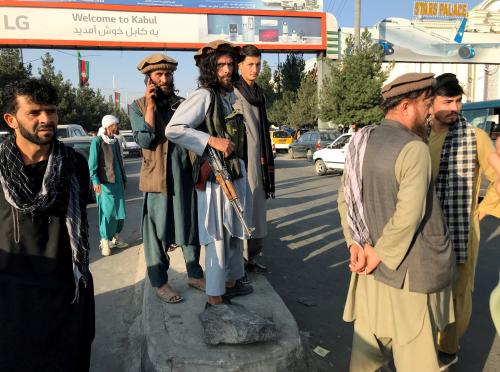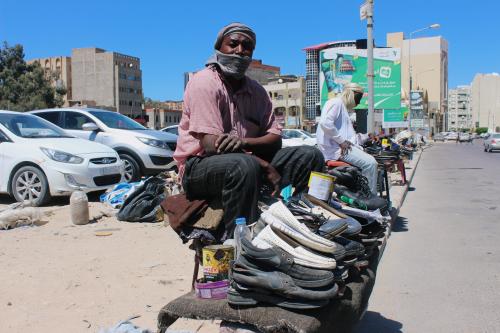In 2009, 922,500 asylum claims were submitted in 159 countries or territories around the world, according to statistics from the United Nations High Commissioner for Refugees (UNHCR). The United States received the second highest number at 47,900 applicants, behind South Africa with a staggering 222,000 applicants. Other significant destination countries were Malaysia (40,100) and Ecuador (35,500). With growing numbers of asylum applications (the number in 2009 comprised the third consecutive annual rise), and an increasing proportion of asylum seekers headed for new countries often in the global South, there is rising pressure on the process of Refugee Status Determination (RSD) – that is determining which asylum seekers are and are not entitled to refugee status. A robust RSD process is a fundamental part of a national refugee policy, which must begin with determining which people should have access to limited resources for protection and assistance. And getting it wrong can be life-threatening, especially where it culminates in the return of people who have been rejected by the process to situations where their lives or liberty are in fact in danger. UNHCR conducted RSD either unilaterally or jointly with national governments for 145,000 asylum claims in 2009, meaning that the majority – 777,400 – were processed by national governments alone.
Even in those states with significant experience and well-developed laws and policies for assessing asylum claims, there is often a basic lack of understanding of internal displacement in the RSD process. At first sight this appears logical. Internal displacement concerns people who have moved involuntarily inside their own countries as Internally Displaced Persons (IDPs), whereas by definition refugee status can only be granted to someone who has crossed an international border, and furthermore is fleeing a far more proscribed set of threats than that which applies to IDPs. Yet understanding internal displacement can be critically important for getting RSD right.


Commentary
Op-edInternal Displacement and Refugee Status Determination
December 15, 2010